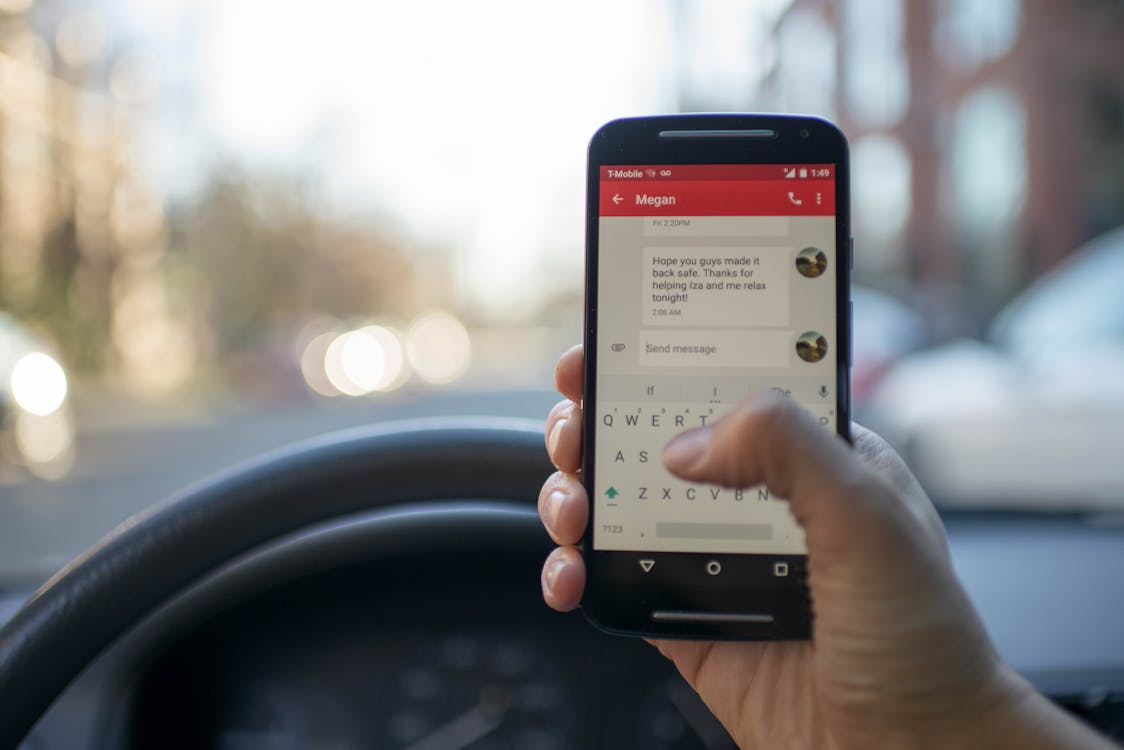In the world of email marketing, the subject line is your first and sometimes only chance to capture the attention of your audience. No matter how well-crafted your email content is, if your subject line doesn’t compel your audience to open the email, all your efforts go to waste. That’s why crafting a subject line that drives engagement is one of the most critical components of any successful email marketing campaign.
A compelling subject line not only boosts open rates but also encourages engagement with the content inside the email, leading to increased conversions and better customer relationships. In this blog, we’ll explore why subject lines are so important, the essential elements of a strong subject line, and proven strategies to create ones that stand out in crowded inboxes.
Why Subject Lines Matter
A subject line is essentially the gatekeeper of your email. In a world where the average office worker receives over 100 emails a day, your subject line is the key to making your message stand out. If the subject line isn’t enticing, the email is likely to be ignored, deleted, or, worse, marked as spam.
Here’s why your subject lines are crucial for driving engagement:
- First Impressions: Subject lines are the first thing recipients see. A well-crafted line piques curiosity or interest, while a generic one may be overlooked.
- Open Rates: Subject lines are directly linked to email open rates. A higher open rate means your audience is interested enough to take the next step and read what’s inside.
- Brand Perception: Consistently providing engaging subject lines builds trust and loyalty with your audience. On the other hand, misleading or dull subject lines can harm your brand’s reputation.
Key Elements of an Engaging Subject Line
Before diving into specific strategies, it’s important to understand the key elements that make up a compelling subject line. By focusing on these aspects, you can create subject lines that capture attention and drive engagement.
1. Clarity
Your subject line should clearly convey the email’s value or purpose. Avoid vague or overly complicated language that leaves the reader confused. The recipient should know exactly what they’re getting by opening the email.
For example, a clear subject line like “20% Off All Winter Gear – Today Only” tells the reader exactly what to expect and adds a sense of urgency.

2. Brevity
Inbox space is limited, especially on mobile devices, where subject lines are often truncated. Keep your subject lines between 40 to 60 characters to ensure that the most important information is visible.
For instance, “Exclusive Deal: 50% Off Our Best-Sellers” is short and straight to the point.
3. Relevance
Make sure the subject line is relevant to your target audience. Personalization and segmentation are key here—addressing the recipient’s specific needs or interests increases the chances that they’ll engage with your email.
A relevant subject line might read: “John, Here’s a Special Offer on Your Favorite Products.”
4. Curiosity
Generating curiosity can be a great way to entice your audience to open your emails. However, balance curiosity with clarity—don’t sacrifice one for the other. Teasing what’s inside the email without giving away too much can spark interest.
An example might be: “You Won’t Believe What’s Inside This Box!” which creates intrigue.
5. Urgency
Creating a sense of urgency can prompt immediate action. Phrases like “limited time offer,” “last chance,” or “ends today” push the reader to act quickly before missing out on an opportunity.
For example: “Only 12 Hours Left to Save 30% on Your Order!”
6. Emotional Appeal
Emotions are powerful motivators. Craft subject lines that tap into the emotions of your audience—whether it’s excitement, fear of missing out (FOMO), or empathy.
For instance, “Don’t Miss Out on the Adventure of a Lifetime” could trigger excitement or curiosity.
Proven Strategies for Writing Compelling Subject Lines
Now that we’ve covered the key elements, let’s dive into specific strategies you can use to craft subject lines that drive engagement.
1. Use Numbers and Lists
Numbers catch the eye and provide a sense of structure, letting readers know exactly what to expect. Subject lines with numbers often outperform those without because they offer clear and specific value.

Examples:
- “5 Simple Steps to Improve Your Email Campaign”
- “10 Best Travel Destinations for 2024”
2. Ask a Question
Questions are a natural curiosity driver. When you pose a question in the subject line, it encourages the reader to click on the email to find the answer. Make sure the question is relevant and intriguing to your audience.
Examples:
- “Ready to Double Your Sales This Month?”
- “Can You Master These Social Media Trends?”
3. Personalization
Personalizing your subject line with the recipient’s name or other relevant data, like past purchases or preferences, can significantly improve open rates. Personalized emails feel more relevant and thoughtful.
Examples:
- “Sara, Here’s a Special Offer Just for You”
- “Michael, We Thought You’d Love These New Arrivals”
4. Incorporate Humor
Humor can be a powerful tool to make your email stand out, provided it fits your brand’s tone. A playful or witty subject line can catch your audience off guard and make them curious about what’s inside.
Examples:
- “Don’t Let This Deal Slip Away… Like Your Socks Do”
- “We Tried to Think of a Great Subject Line, But… This is It!”
5. Use Action-Oriented Language
Subject lines that use strong verbs and action-oriented phrases encourage immediate action. This approach motivates the reader to engage with your email right away, increasing the likelihood of a click-through.
Examples:
- “Claim Your Free Ebook Now!”
- “Get Your VIP Pass to Our Exclusive Event”
6. Create Scarcity or Urgency
As mentioned earlier, scarcity and urgency are highly effective tactics to drive action. By letting your audience know that time is running out or supplies are limited, you can encourage them to open your email and take action quickly.
Examples:
- “Last Chance: Sale Ends Tonight at Midnight!”
- “Only 5 Spots Left for Our Webinar—Reserve Yours Now”
7. Experiment with Emojis
While you don’t want to overuse emojis, they can add a fun and visually engaging element to your subject lines. Emojis can convey emotion and help your email stand out in the inbox.
Examples:
- “🍕 Craving Pizza? Get 20% Off Your Next Order”
- “🎉 It’s Party Time! Don’t Miss Out on These Deals”
8. Leverage FOMO (Fear of Missing Out)
People hate missing out on great opportunities, so playing into that fear can drive engagement. Whether it’s a limited-time offer or an exclusive deal, FOMO can be a powerful motivator.
Examples:
- “Don’t Miss Out! Only a Few Hours Left to Save”
- “Your Exclusive Invitation Expires Tonight!”

9. Make a Bold Statement
Bold or provocative statements can grab attention and pique curiosity. They can also differentiate your emails from the more generic ones cluttering your audience’s inbox.
Examples:
- “This Will Change the Way You Think About Marketing”
- “The Only Guide to Fitness You’ll Ever Need”
10. Test and Optimize
The best way to improve your subject lines is to test them. A/B testing different versions of your subject lines helps you identify what resonates most with your audience. Over time, you can optimize your approach based on what consistently drives the most engagement.
11. Avoid Clickbait
While it might be tempting to use sensational or misleading subject lines to increase open rates, this tactic can backfire. Clickbait subject lines may get the recipient to open the email, but they will likely feel deceived, leading to higher unsubscribe rates and damage to your brand’s trust.
Instead, focus on delivering real value in your subject lines and aligning the content of your email with the promise made in the subject line.
Conclusion: Making Your Subject Lines Work
Crafting compelling subject lines is both an art and a science. By combining clarity, brevity, relevance, and creativity, you can craft subject lines that stand out in your audience’s inboxes and drive engagement. Whether you’re using humor, curiosity, personalization, or urgency, always ensure your subject lines align with the content and offer genuine value to your readers.
Remember, even the best strategies won’t work every time for every audience. This is where A/B testing and continuous optimization come into play. Pay attention to what works, what doesn’t, and keep refining your approach until you consistently see improved open and engagement rates.
So, next time you’re drafting an email campaign, don’t treat the subject line as an afterthought. Make it a focal point of your strategy, and you’ll see your engagement rates soar!
